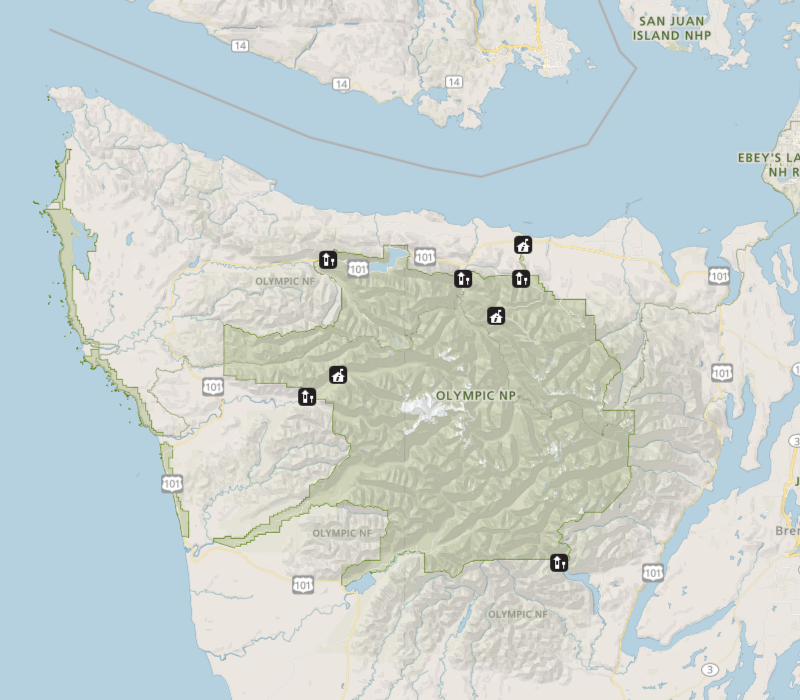
USGS Investigators: Andy Gendaszek , Rich Sheibley
NPS Investigators: Pat Crain
| 2018 | 2019 |
|---|---|
| $75,000 | $75,000 |
For thousands of years, Lake Ozette, located on the northwest corner of the Olympic Peninsula in Washington State, supported a thriving population of sockeye salmon. However, the population declined precipitously in the latter half of the century, leading to the listing of the population as “threatened†under the Endangered Species Act. Low intragravel dissolved oxygen (DO) in traditional spawning areas, associated with rapid increases of fine sediment along the shoreline and subsequent encroachment by native vegetation, has been identified as a key factor limiting recovery of the population.
In order to address low-dissolved oxygen levels within beach spawning gravels and the geomorphic factors believed to contribute to them, OLYM and other stakeholders are considering shoreline restoration actions. The objective of this study is evaluate the effectiveness of shoreline vegetation management to restore dissolved oxygen conditions in nearshore gravels that are conducive to sockeye salmon spawning success
